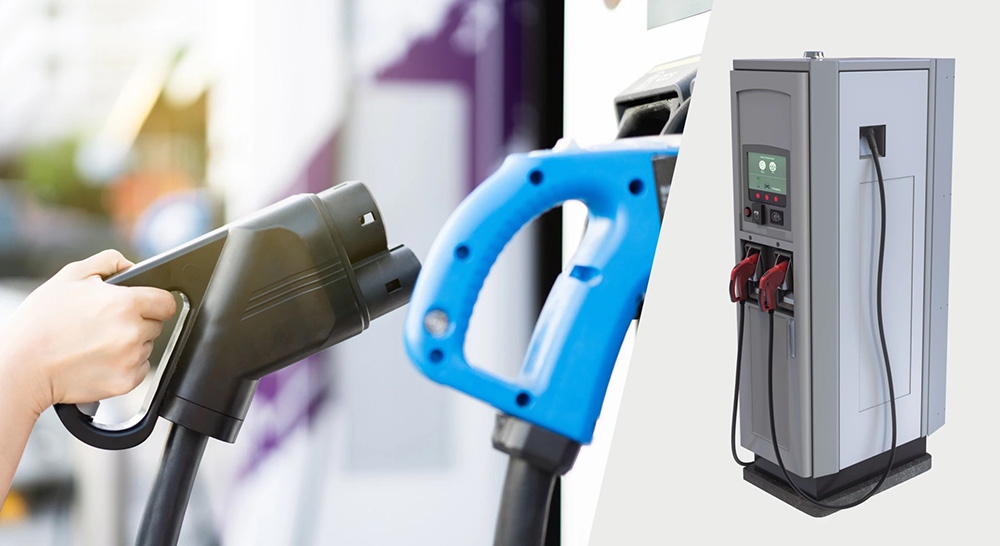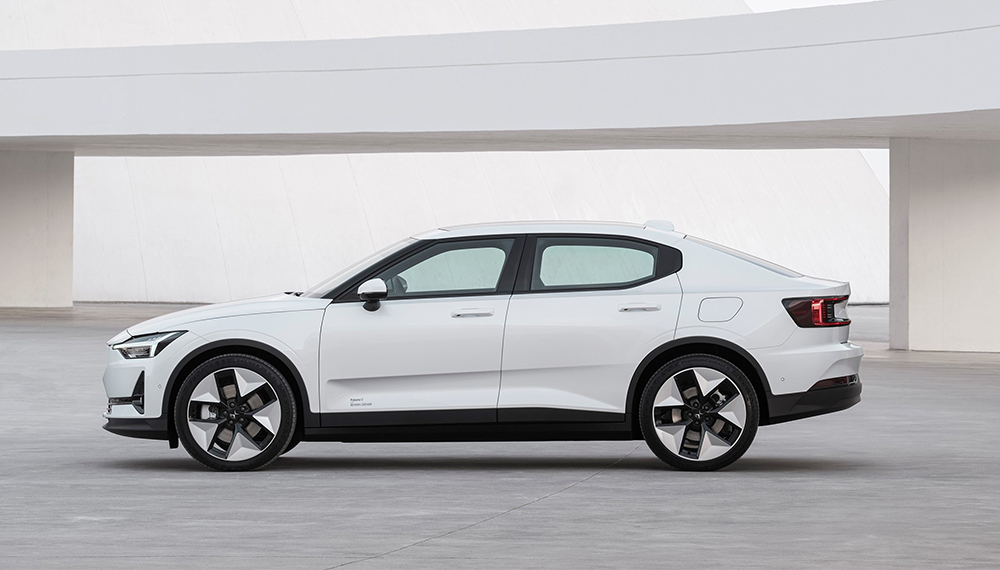[ad_1]
Market Situation
- Consumers are embracing EVs as a proactive investment in environmental responsibility and CO2 emission reduction.
- Though EV sales are on the rise, significant infrastructure hurdles remain.
- While single-phase charging is readily available, continued EV sales growth and consumer confidence (driven by convenience and reliability) will require broad access to fast DC charging stations.

Application Challenges
- Building out a fast-charging EV infrastructure demands a return on investment via reliable systems that prioritize durability, performance and safety.
- A major concern with DC fast and ultra-fast chargers is their voltage levels that range from 400 V to over 1000 V and power that can be in excess of 350 kW.
- To control the heat generated by such high power transfer, system designers must employ highly-effective thermal management strategies to maintain consistent and reliable power delivery, both for the charger and the battery pack.
- Controlling the temperature rise of key converter board components integrated into power modules and discrete systems requires high performance thermal interface materials (TIM) to ensure reliability and safety.

Solutions
Phase change material on a power module system converter board
- For thermal control within the power module, a thin bond line TIM that provides very low thermal impedance for maximized thermal transfer is ideal and helps deliver performance stability over the life expectancy of the module, which can be as long as 10 years.
- Phase change TIMs, which ‘melt’ and flow only at designated phase change temperatures, are the most effective thermal management solution for power module systems. They are easily processed, provide thin bond lines for optimized thermal transfer and do not suffer from material migration like greases. Henkel’s LOCTITE TCP 7000 and LOCTITE TCP 4000 are proven TIM solutions for power modules used in high voltage DC fast charging systems.

SIL PAD material on a discrete component system converter board
- Managing heat generated from the converter board in the DC charger’s discrete component system can be achieved with a variety of TIMs, depending on the specific design and the processing requirements. BERGQUIST® brand GAP PAD and SIL PAD TIMs are custom-cut, easy-to-apply pad-based options, some with electrical isolation features as well. If the design architecture is complex or high automation is a consideration, liquid Gap Filler materials are most effective.
As EV charging infrastructure device development accelerates, there is no better partner than Henkel for thermal management materials engineering and consultation. Global leaders in TIM innovation, collaboration with Henkel delivers access to broad lab testing and analytics, training, equipment partnerships, prototyping, on-site support and best-in-class customer service.
Learn more about Henkel’s solution portfolio for EV Charging Infrastructure
Watch a video – Solutions for EV Charging Infrastructure
[ad_2]
Source link




